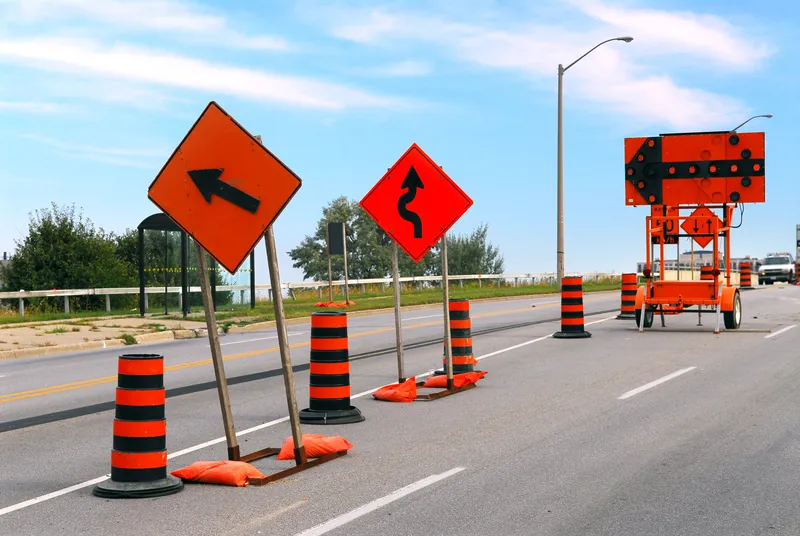
Utah Department of Transportation has awarded a statewide contract to Causeway one.network to provide its Live Link and traffic management software.
Both solutions aim to simplify the process of closing traffic lanes while helping improve safety for drivers and workzone crews.
This is a major issue: in 2023, 899 people in the US died and thousands more suffered life changing injuries as the result of workzone crashes.
Live Link allows authorised operators to communicate road and lane closures to drivers from the site, using an app, via navigation tools such as Google Maps, Waze, TomTom and Apple Maps.
“Communicating roadway disruptions quickly and efficiently is the most effective strategy to keeping people safe and maintaining traffic flow,” says Paul Madeira, Causeway Technologies chief international growth officer.
Utah DOT and its contractors will be able to plan, coordinate and communicate any type of road event and associated traffic management plans, including detours and unplanned incidents, through the platform.
In the US, Causeway's Live Link, Plan Share and Traffic Management solutions are in use throughout Florida, Texas, Southern Nevada and California.
Florida DoT already uses Live Link for the agency’s Lane Closure Notification System (LCNS), which has posted over 50,000 workzone closures to date.
“I believe the widespread adoption of our solutions and our US trajectory is validation of our platform, but also our safety and efficiency promise to American agencies, workzone employees and the driving public," Madeira concluded.










